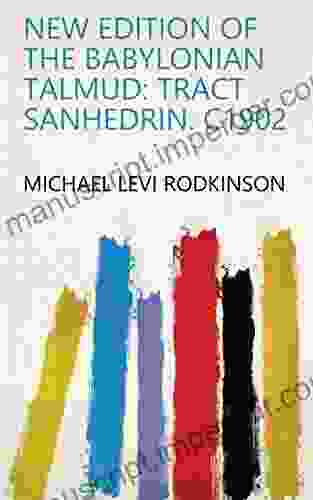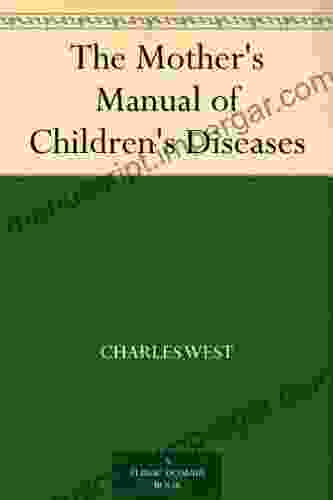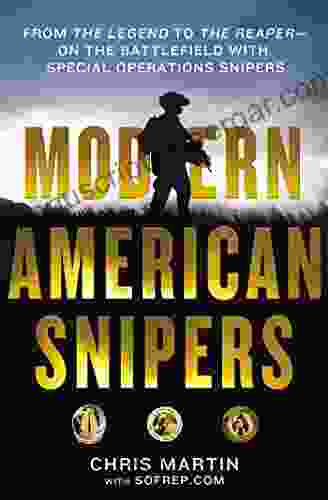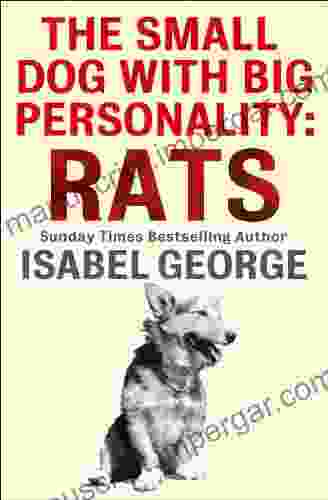Noise in Semiconductor Devices: The Comprehensive Guide to Understanding and Managing Random Fluctuations for Optimal Performance

Noise is an inherent characteristic of all electronic devices, and semiconductor devices are no exception. Noise can significantly impact device performance and reliability, making it essential for engineers and researchers to understand its sources, characterization techniques, and mitigation strategies.
5 out of 5
| Language | : | English |
| File size | : | 4955 KB |
| Text-to-Speech | : | Enabled |
| Print length | : | 244 pages |
This comprehensive guide provides an in-depth exploration of noise in semiconductor devices. We will cover the fundamental concepts, various types of noise, measurement techniques, and practical approaches to minimize its impact. Whether you are a seasoned professional or a newcomer to the field, this guide will equip you with the knowledge and tools to optimize the performance of your semiconductor devices.
Types of Noise in Semiconductor Devices
There are several different types of noise that can occur in semiconductor devices. The most common types include:
- Shot noise: This type of noise is caused by the random arrival of charge carriers at the terminals of a semiconductor device. It is proportional to the square root of the current flowing through the device.
- Thermal noise: This type of noise is caused by the thermal agitation of charge carriers in a semiconductor device. It is proportional to the absolute temperature of the device.
- Flicker noise (1/f noise): This type of noise is caused by defects in the semiconductor material. It is characterized by a power spectrum that is inversely proportional to frequency.
- Burst noise: This type of noise is caused by sudden, random changes in the current flowing through a semiconductor device. It is often associated with defects in the device.
Characterizing Noise in Semiconductor Devices
There are several different techniques that can be used to characterize noise in semiconductor devices. The most common techniques include:
- Noise spectral density: This is a measure of the power of the noise signal at a given frequency. It is typically plotted as a function of frequency.
- Noise figure: This is a measure of the signal-to-noise ratio (SNR) of a semiconductor device. It is typically expressed in decibels (dB).
- Equivalent noise resistance: This is a measure of the resistance that would produce the same amount of noise as the semiconductor device. It is typically expressed in ohms.
Mitigating Noise in Semiconductor Devices
There are several different techniques that can be used to mitigate noise in semiconductor devices. The most common techniques include:
- Layout optimization: The layout of a semiconductor device can be optimized to minimize noise. This can involve using symmetrical layouts, avoiding long traces, and using shielding to reduce electromagnetic interference.
- Device biasing: The biasing of a semiconductor device can be optimized to reduce noise. This can involve using low bias currents, avoiding high reverse bias voltages, and using feedback to stabilize the device.
- Circuit design: The circuit design can be optimized to reduce noise. This can involve using low-noise amplifiers, using filters to remove unwanted noise, and using shielding to reduce electromagnetic interference.
Noise is an important consideration for engineers and researchers designing semiconductor devices. By understanding the sources of noise, characterization techniques, and mitigation strategies, it is possible to optimize the performance and reliability of semiconductor devices.
This guide has provided a comprehensive overview of noise in semiconductor devices. For more detailed information, please refer to the references listed below.
References
- A. van der Ziel,
5 out of 5
| Language | : | English |
| File size | : | 4955 KB |
| Text-to-Speech | : | Enabled |
| Print length | : | 244 pages |
Do you want to contribute by writing guest posts on this blog?
Please contact us and send us a resume of previous articles that you have written.
 Book
Book Novel
Novel Page
Page Chapter
Chapter Text
Text Story
Story Genre
Genre Reader
Reader Library
Library Paperback
Paperback E-book
E-book Magazine
Magazine Newspaper
Newspaper Paragraph
Paragraph Sentence
Sentence Bookmark
Bookmark Shelf
Shelf Glossary
Glossary Bibliography
Bibliography Foreword
Foreword Preface
Preface Synopsis
Synopsis Annotation
Annotation Footnote
Footnote Manuscript
Manuscript Scroll
Scroll Codex
Codex Tome
Tome Bestseller
Bestseller Classics
Classics Library card
Library card Narrative
Narrative Biography
Biography Autobiography
Autobiography Memoir
Memoir Reference
Reference Encyclopedia
Encyclopedia Lovey Dovey Gifts
Lovey Dovey Gifts Matthew L M Fletcher
Matthew L M Fletcher Michael Luetchford
Michael Luetchford Christopher Townley
Christopher Townley Kori Yates
Kori Yates Charles Weisinger
Charles Weisinger Kristina Powers
Kristina Powers Will Bagley
Will Bagley Mark Ziaian
Mark Ziaian Charlie Baker
Charlie Baker Chelli Pumphrey Ma Lpc
Chelli Pumphrey Ma Lpc Cheri Sundra
Cheri Sundra T J Wray
T J Wray Gayla Grace
Gayla Grace Rafael Nathan
Rafael Nathan Edward Settle Godfrey
Edward Settle Godfrey J T Herbert Baily
J T Herbert Baily Olga Lengyel
Olga Lengyel Henry Moore
Henry Moore Christopher Cairns
Christopher Cairns
Light bulbAdvertise smarter! Our strategic ad space ensures maximum exposure. Reserve your spot today!

 Dustin RichardsonUnveiling the Most Perilous Profession in the Most Treacherous Region: "The...
Dustin RichardsonUnveiling the Most Perilous Profession in the Most Treacherous Region: "The... Cooper BellFollow ·17k
Cooper BellFollow ·17k George Bernard ShawFollow ·4.7k
George Bernard ShawFollow ·4.7k Devin RossFollow ·6.3k
Devin RossFollow ·6.3k Branson CarterFollow ·8.7k
Branson CarterFollow ·8.7k Gus HayesFollow ·14.4k
Gus HayesFollow ·14.4k Martin CoxFollow ·6.6k
Martin CoxFollow ·6.6k Clark CampbellFollow ·17.5k
Clark CampbellFollow ·17.5k Truman CapoteFollow ·3.6k
Truman CapoteFollow ·3.6k

 E.E. Cummings
E.E. CummingsOne Man's Story of What It Meant to be Pj
In the tapestry of life,...

 Caleb Long
Caleb LongPattern Theory in Video Keno: Unveiling the Art of...
Embark on an enlightening journey into the...

 Douglas Adams
Douglas AdamsUnveiling the Diplomatic Landscape: The Ottoman Empire,...
Delving into the History...

 Terry Bell
Terry BellThere Still Is No Off Season: Embracing Year-Round...
In a world consumed by routine and the allure...

 Ibrahim Blair
Ibrahim BlairBrain Teasers Games and Puzzles: Exercise Your Mind with...
Prepare to embark on a captivating journey...
5 out of 5
| Language | : | English |
| File size | : | 4955 KB |
| Text-to-Speech | : | Enabled |
| Print length | : | 244 pages |











